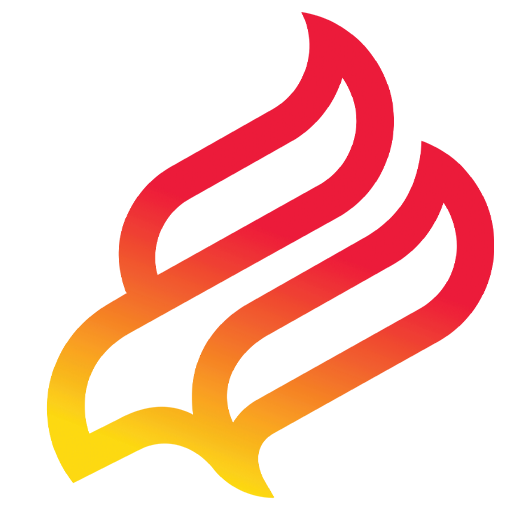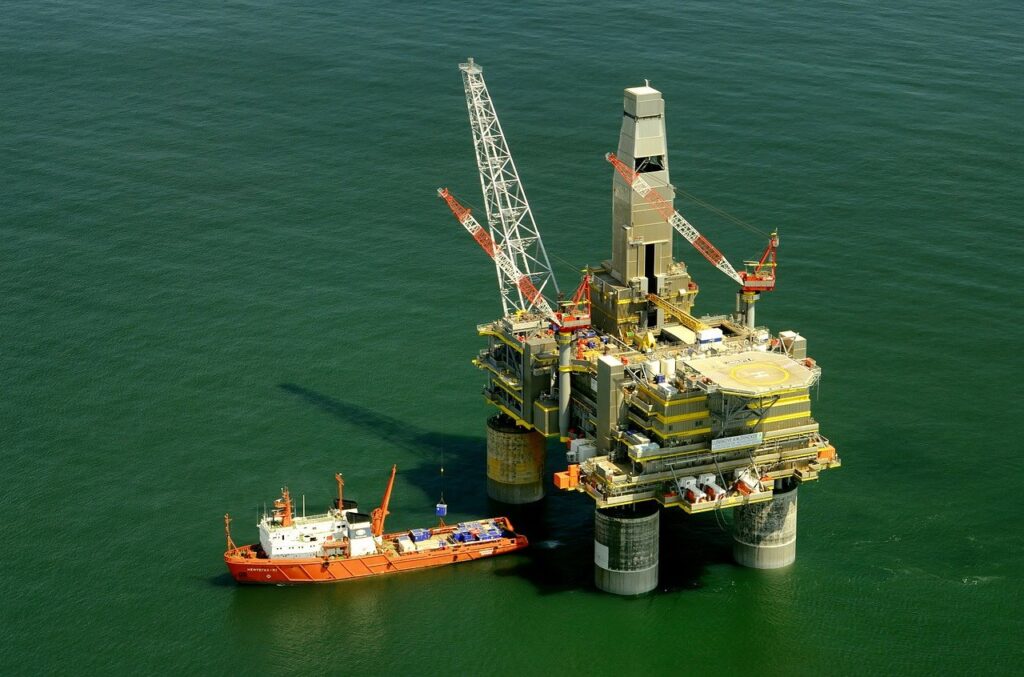
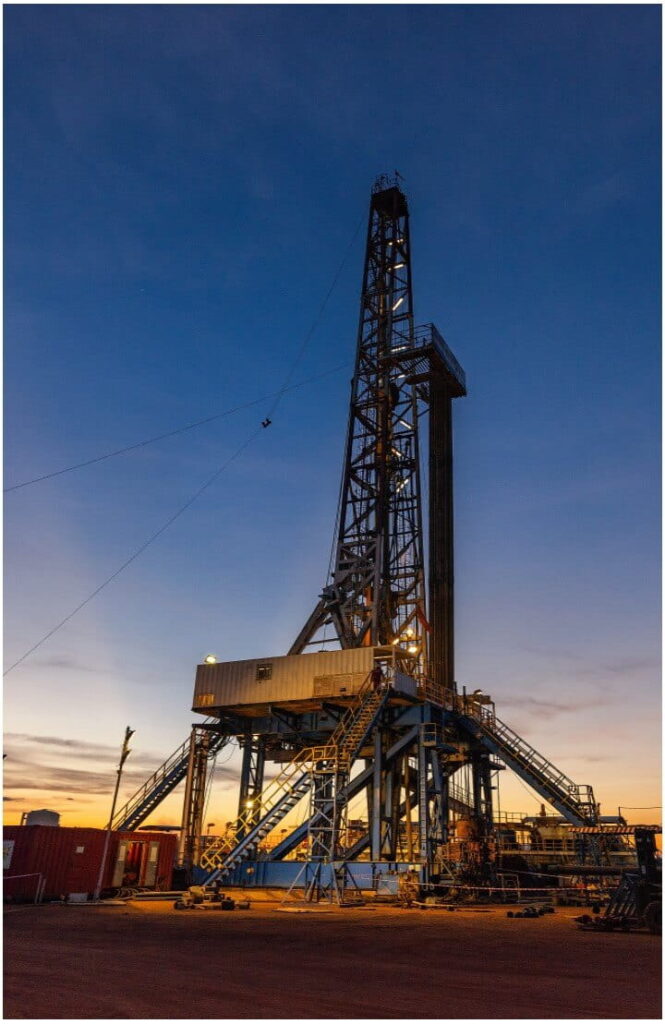
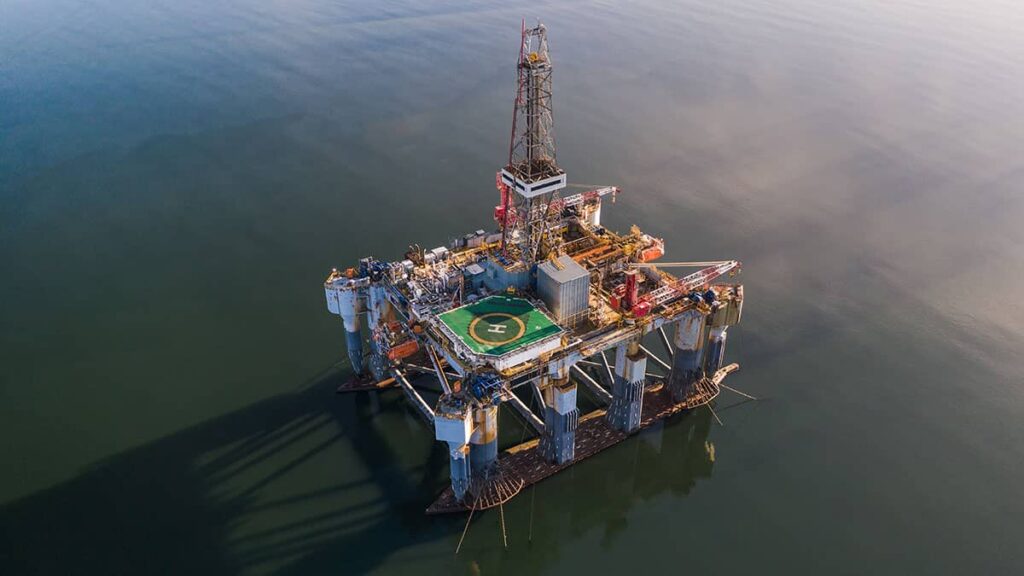

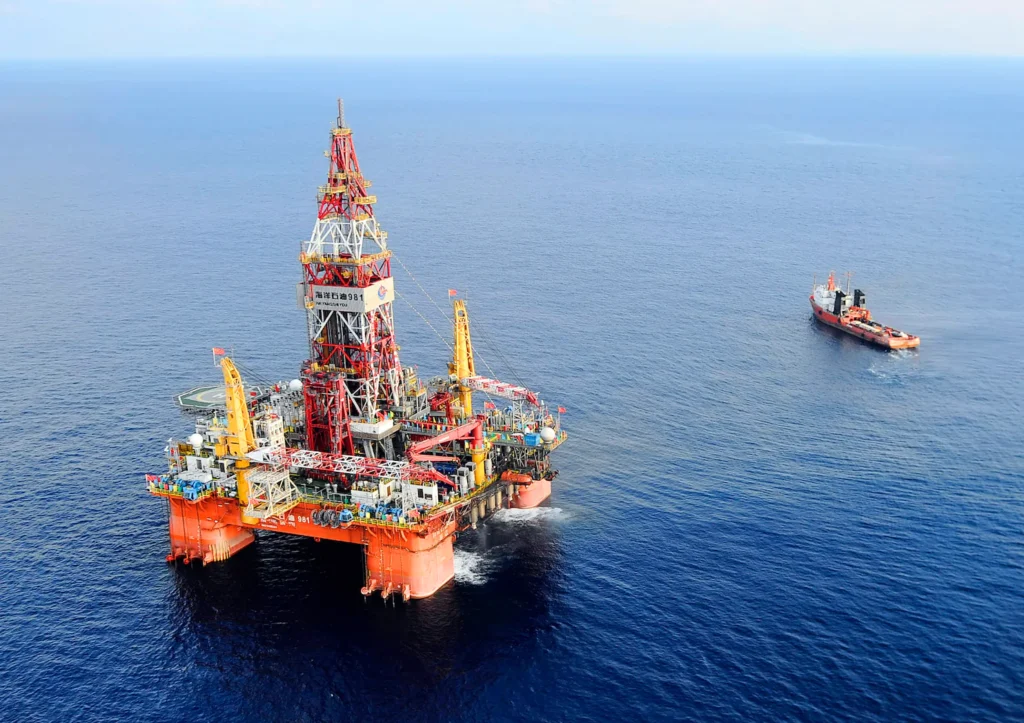
Why Automate HSE on Rigs?
Embracing technology significantly enhances our ability to identify, monitor, and analyze LEADING INDICATORS crucial for detecting potential risks before they materialize. This strategy not only boosts safety performance but also empowers HSE teams with advanced tools for proactive hazard management and mitigation. Automating HSE workflows facilitates a transition towards a PROACTIVE SAFETY culture that profoundly influences overall safety, enabling HSE personnel to effectively elevate HSE standards on rigs.
How Veunex Empowers
Rig HSE Teams?
By automating tasks such as data collection, analysis of leading indicators, and real-time monitoring, Veunex enables HSE professionals to focus more on strategic decision-making and proactive risk management. This automation can streamline workflows, enhance communication, and provide HSE teams with advanced tools to effectively elevate safety standards on rigs.
Reports from the IADC indicate that, despite efforts, incident and fatality rates on rigs have remained stagnant over the past decade. A significant barrier to progress is the overwhelming workload faced by HSE personnel, compounded by their inherent limitations and fragmented communication among stakeholders. To address these challenges and empower HSE professionals, it is crucial to automate specific HSE processes.
By automating tasks such as data collection, analysis of leading indicators, and real-time monitoring, Veunex enables HSE professionals to focus more on strategic decision-making and proactive risk management. This automation can streamline workflows, enhance communication, and provide HSE teams with advanced tools to effectively elevate safety standards on rigs.
Scalable Observation
In a month, you’ll gather over 1,000 scalable observations per rig effortlessly. This data not only prevents short-term incidents but also drives a lasting culture shift toward net zero. It’s a dual strategy, bolstering both lagging and leading indicators for safer, more sustainable operations.
Live Risk
Assessment Scoring
Veunex provides instant risk assessment scoring using extensive rig data and expert insights, meeting API 54 and IADC standards. Quickly pinpoint high-risk areas for prompt attention, streamlining decision-making for safer, more efficient operations.
Automated UA, UC, and
Red Zone Management
Veunex has been implemented on over 10 rigs to date. Through close collaborations with experts and rig HSE teams, it now covers over 150 unsafe actions and conditions indices. It also streamlines red zone management through its user-friendly dashboard.
Find Weak Signals from
Trends and Behaviors
Veunex uncovers latent behaviors that could endanger safety or health. This approach facilitates understanding and tracking emerging trends, thereby promoting the development of leading indicators for proactive risk management.
Veunex HSE Assistant on Rigs
What Will You Gain?
With Veunex, you can empower HSE teams, eliminate repetitive tasks, streamline communication, elevate leading indicator management, cultivate a proactive safety culture, ensure regulatory compliance, and more!
By revolutionizing the roles of drilling rig HSE personnel through the streamlining of their tedious tasks, Veunex liberates their valuable time to focus on enhancing health and safety for all individuals on the rig. In doing so, rig HSE professionals can significantly enhance their impact toward achieving net-zero goals.
However, Veunex’s impact extends beyond mere task automation. Leveraging vast streams of real-time observational data, Veunex unveils hidden trends and behaviors, empowering HSE professionals to generate immersive insights. This dynamic synergy not only enhances operational efficiency but also fosters a proactive safety culture by creating leading indicators and ensuring continuous improvement.
In summary, with Veunex, you can empower HSE teams, eliminate repetitive tasks, streamline communication, elevate leading indicator management, cultivate a proactive safety culture, ensure regulatory compliance, and more!
25X
increase in
observation
and an 80% decrease in physical observation time
100X
more information
for hazard identification and communication
10 hrs/week
time saving
for preparing weekly reports.
2X
acceleration
in providing evidence and documents for API 54.
Client Testimonials
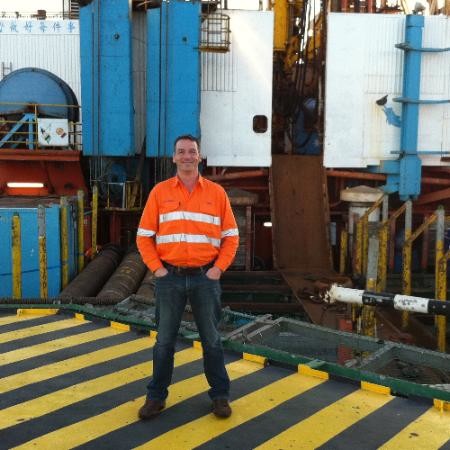
Veunex on Rigs
Empowered Rig HSE Teams
in Real Practice
Unlock the full potential of your HSE team with Veunex Virtual HSE Assistant! In close collaboration with Petronas, OQ, and Aramco, Veunex has been successfully implemented in numerous offshore and onshore rigs. Gain access to our stories and discover how we can empower your team in detail. With comprehensive insights and expert advice, this resource is essential for any upstream corporation striving to excel in today’s fast-paced market.
Don’t wait – take the first step towards success!
We will get back to you as soon as you unlock the resources.
